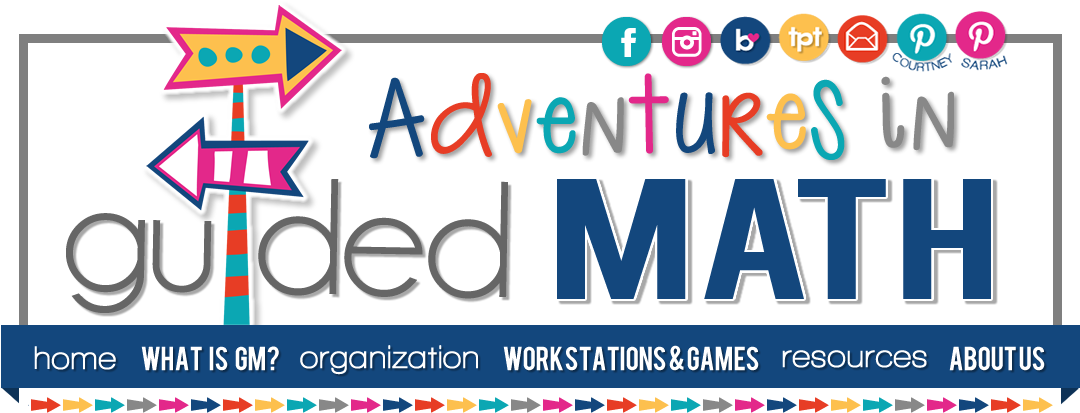There is nothing so unequal as the equal treatment of unequals.
~Thomas Jefferson
With the diverse needs of students in any given classroom, meeting those needs is essential. The structure of guided math provides for individualized small group instruction. Students are grouped based on their needs within a concept or skill. Instruction in small groups is intentional and designed to take students from where they are, building their confidence and skills as mathematicians. Students become thinkers, not just doers of math.
Continually assessing students in a variety of ways to inform group structure, and the instruction that will take place in each group, is a must. While groups are heterogeneous, based on students' needs, they are also flexible. For example, a student who has a strong sense of place value may lack the conceptual understanding to multiply. Another student who has difficulty telling time may be able to count and problem solve with money. Students' needs within and across concepts/skills can change, thus guided math groups must be flexible.
Whole group instruction is not the main focus of guided math, yet it is not absent. Whole group instruction takes place in the form of mini-lessons related to the focus concept/skill. Reading aloud a math teaching story, over-viewing a math game or workstation for independent practice, introducing and exploring a particular strategy, and reflecting upon a day's learning may also be done best in the whole group setting.
In order to meet with small groups of students, the teacher must also provide opportunities for students to independently practice skills. These opportunities should be motivating and differentiated to ensure students' independence when not meeting with the teacher. This practice can come in many forms--workstations and games, problem solving activities, journal work, the reading of math texts, explorations of math language, etc. In practice situations, students work independently or collaboratively. Organization is essential, and it is important for students to know exactly what is expected during independent work time. Modeling and many opportunities to practice are necessary.
In its essence, a guide math structure allows the teacher to differentiate instruction and meet a wide range of needs.
In its essence, a guide math structure allows the teacher to differentiate instruction and meet a wide range of needs.

Very excited to follow this blog so to incorporate new ideas in my 2nd-8th grade math teaching!
ReplyDeleteThanks for starting this blog - looking forward to sharing and learning new ideas!
ReplyDeleteLooking forward to reading this blog. Thanks.
ReplyDelete